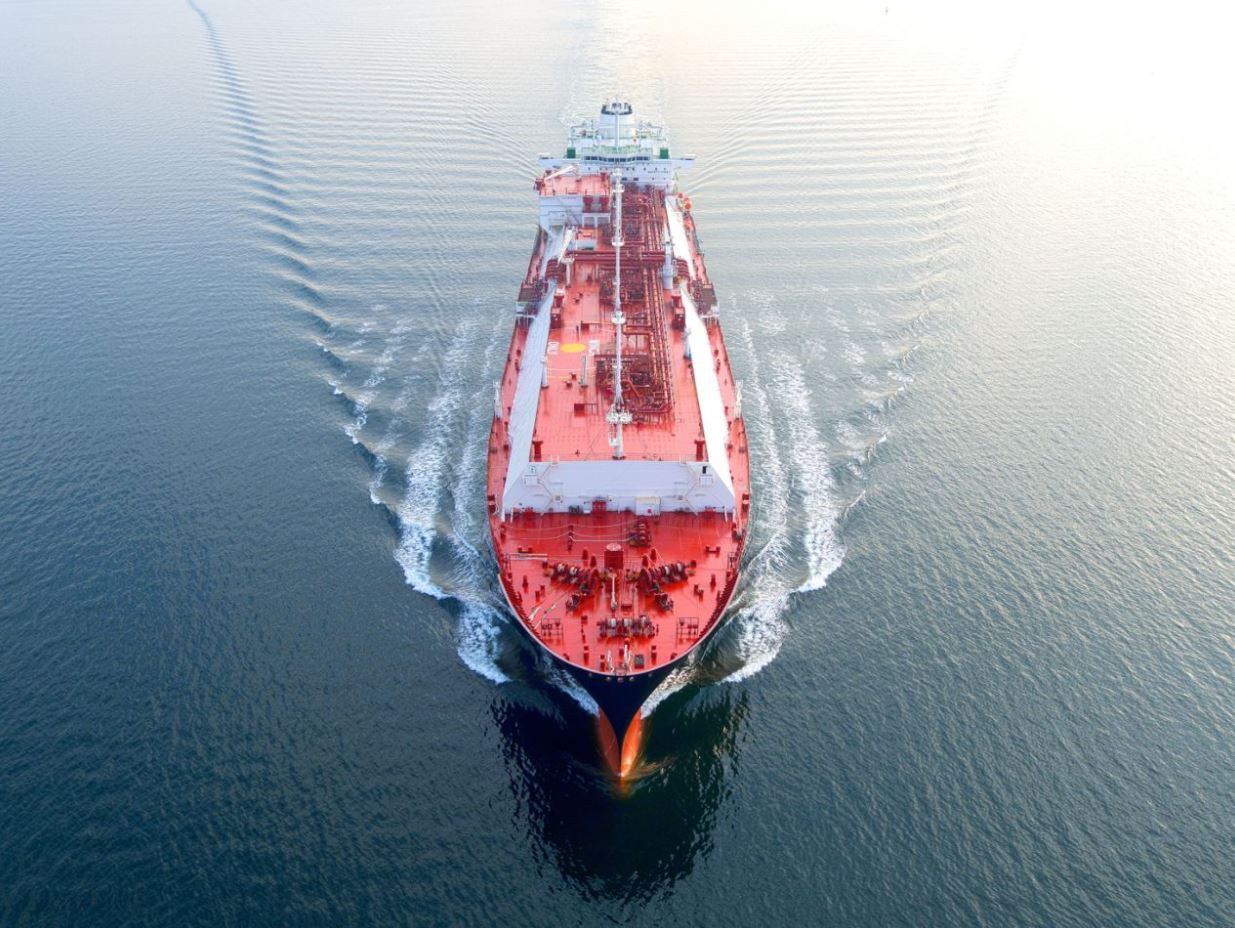Norwegian shipping firm Flex LNG, the owner of 13 liquefied natural gas carriers, is expecting “even stronger” results in the second half of the year after it reported solid earnings in the April-June period, according to the company’s chief executive, Oystein Kalleklev.
The shipping firm controlled by billionaire John Fredriksen reported vessel operating revenues of $84.2 million for the second quarter of this year, compared to $74.6 million in the prior quarter and $65.8 million in the second quarter of 2021.
Net income of $44.3 million rose from $12.7 million in the same quarter last year, but it dropped compared to the previous quarter of $55.8 million.
Also, average time charter equivalent (TCE) rate reached $70,707 per day for the second quarter, a rise when compared to $62,627 per day in the prior quarter and $57,780 per day for the second quarter of 2021.
The firm declared a dividend for the second quarter 2022 of $1.25 per share, consisting of a quarterly dividend of $0.75 per share and a special, one-time dividend of $0.50 per share.
Fleet booked until mid-2024
In June, Flex LNG signed charter deals for three of its vessels.
Flex Rainbow, Flex Enterprise, and Flex Amber have secured in total 24 years of fixed hire employment, bringing the total for Flex LNG’s fleet to minimum 54 years.
According to the firm, the company’s fleet has a contract coverage until at least mid-2024.
“Two seven-year charters for Flex Enterprise and Flex Amber commenced on July 1st while Flex Rainbow will commence a ten-year contract early next year. In total, these three contracts have added 24 years of backlog which is expected to generate approximately $750 million of revenues in total,” Kalleklev said in the report.
Flex LNG confirmed its revenue guidance of about $90 million for the third quarter and somewhere between $90 and $100 million for the fourth quarter.
“Hence, we expect even stronger results in the second half of the year as we are re-pricing our portfolio of ships with longer duration contracts,” Kalleklev said.
Global gas crunch
The global market for natural gas continues to be tight, mainly due to uncertainty related to Russian pipeline gas deliveries to the European continent.
Europe remains firm in its ambition to build inventories ahead of the winter. As per mid-August, EU inventories were 74 percent full, marginally behind the 10-year average of 75 percent full, the report said.
“We are in the midst of a global gas crunch where buyers, especially in Europe, are scrambling to get their hands on LNG cargoes to ensure adequate energy supplies ahead of the winter,” Kalleklev said.
“Hence, we are seeing increased interest for LNG with several new export projects now being pushed forward. New LNG export projects will create future freight demand, further underpinning the very sound long-term fundamentals of our industry,” he said.

